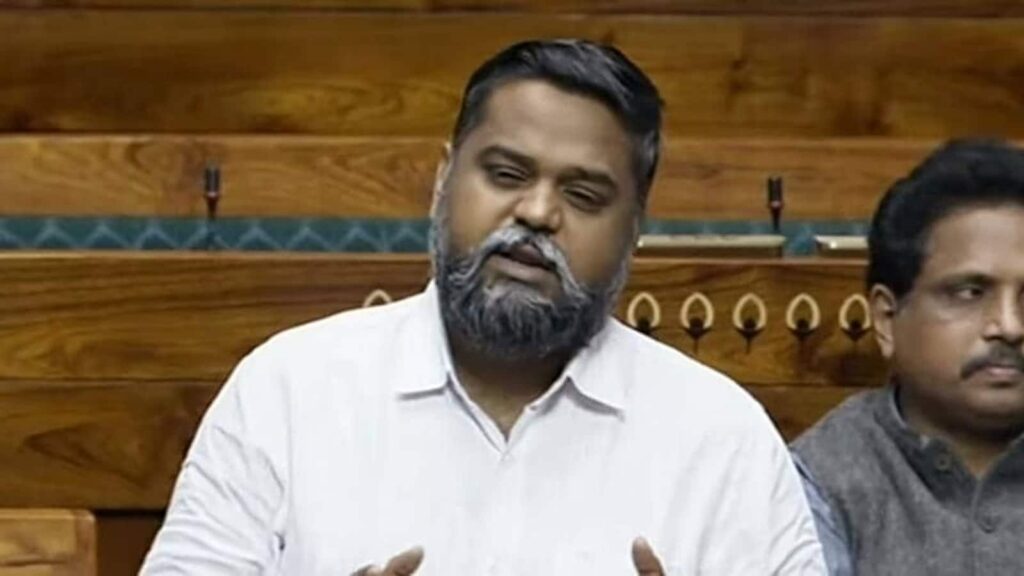The DMK leadership had done well in asking its MP, DNV Senthil Kumar, to apologise for his derogatory remarks made in the context of a debate in the Lok Sabha on the recent assembly election results. There is no place for name calling or branding of people in Parliament: It lowers the dignity of the House and of politics itself. Kumar’s speech, however, has acquired a life of its own as it suggested a divide between northern and southern India, based on the differences in the political preferences of voters in various states. The BJP leadership has used the incident to launch a broadside at the Congress, which is an ally of the DMK in Tamil Nadu, and slam the party for being against Hindi and Hindus. Kumar did cross the line on propriety of speech, but his claim of a political divide has some basis. There is indeed a North-South fault line that runs through not just political choices but also development indices, including literacy, birth rates and industrialisation. And it is a fault line exacerbated by the tax regime all states signed on to adopt (GST, giving up their sovereign right to tax), concern over the federal government testing the limits of the seventh schedule of the Constitution that divides power between the Centre and the states, and fears over what the delimitation in 2026 could do to the representation of southern states in the Lok Sabha.
It is best, however, to frame any discussion on this topic as a difference rather than a divide. At the heart of the “difference” between North and South is language. Language is central to the identity of the southern states — most of them were reorganised in the 1950s on linguistic lines — and politics in the region is coterminous with the politics of language. Linguistic sub-nationalism is a strong undercurrent of politics in the region and forms the bedrock of resistance to any unitarian project. The BJP’s inability to dominate politics in South India needs to be seen in this context — and this context alone.
The federal tension between the state and the Centre needs to be viewed and accepted as a defining characteristic of India, that is Bharat, which the Constitution says, “shall be a Union of States”. However, despite regional differences, there is unity, the glue for which is provided by the Constitution. The challenge before political leaders is to find the right balance between national and regional interests, and not be swayed by the thought that these may work at cross purposes. As independent India’s 75 years tell us, it need not.

